The Grammarly font: What font does Grammarly use?
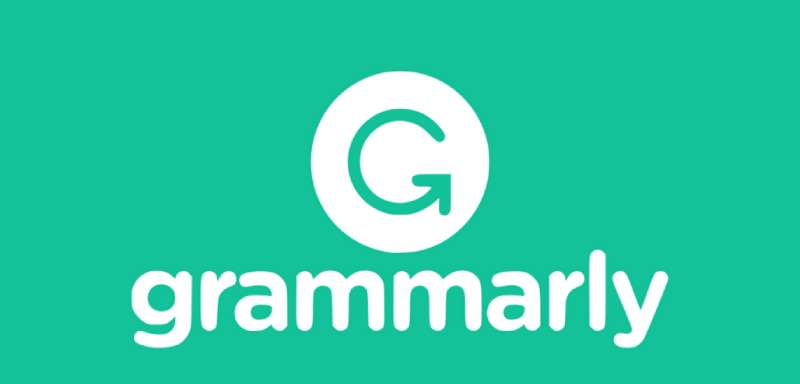
Your eyes, fixed on a screen, sifting through an ocean of words. What if I told you that the very fabric of that digital canvas — the Grammarly font — holds more power than you might realize?
Typography. It isn’t just the dress code for letters; it’s the subtle magician weaving clarity and personality in every line we read.
And as web wizards, we know it’s not just about making text legible; it’s about breathing life into messages, shaping brand identities, and engineering experiences that resonate.
So, let’s dive deep into the world where text formatting and brand identity intertwine flawlessly.
By the time you reach the end, you’ll have unraveled the mystique of the Grammarly font. You’ll grasp its impact on writing enhancement software and why digital typography makes or breaks your reading adventure.
We’ll explore the alchemy of font design, embark on an expedition through visual communication, and decode the DNA of Grammarly’s typographic choices — all fine-tuned for your user interface delight. Prepare to elevate your visual aesthetics game—here’s how.
What font does Grammarly use?
Arial: The Unsung Hero
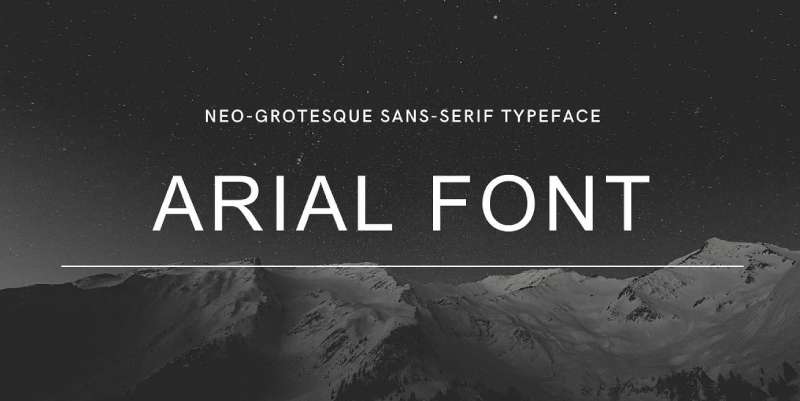
Arial, that’s the one! A sleek choice that often goes unnoticed, and yet, it forms the foundation of Grammarly‘s user interface. It’s like the plain white tee in your closet. Simple, clean, unassuming, but oh-so-essential.
Arial’s gift is its readability, being easy on the eyes, and keeping your writing experience seamless.
A Case of Hidden Fonts
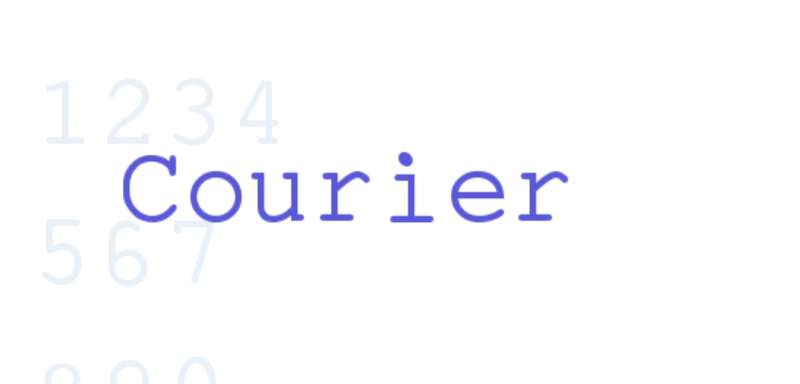
Plot twist! Arial isn’t the only font in Grammarly’s playbook. Times Roman and Courier have been sighted too, sneaking into the interface now and then.
The beauty of these fonts lies in their traditional and professional appeal. A dash of sophistication, if you will, in a tech-filled world.
Alternatives to the Grammarly font
Stepping into Proxima Nova
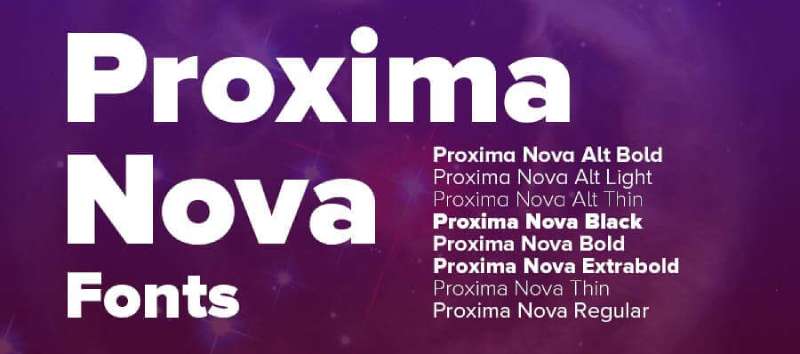
Ever noticed the bold, standout elements on Grammarly’s website? That’s Proxima Nova Soft Bold adding an edge.
A modern choice for modern times, it shines in headers and call-to-action elements. It’s the voice that confidently announces, “Hey, look here!”
Why Not Times New Roman?
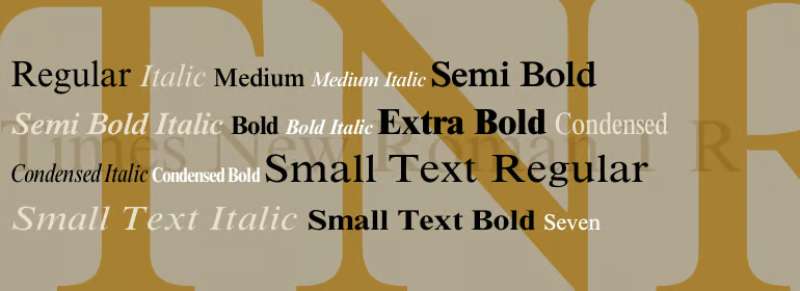
Yes, the one we all grew up with. Times New Roman isn’t just for school essays, folks. It’s made appearances in Grammarly’s interface too.
This classic font with its professional look works wonders for readability. Don’t judge a font by its high school reputation!
The Role of Fonts in Grammarly
Consistency is Key
Grammarly’s choice of fonts may seem random, but there’s a method to the madness. The consistent use of Arial for the main text keeps the user interface simple and clean, ensuring readability.
At the same time, the inclusion of different fonts adds a layer of dynamism, keeping the design engaging.
Fonts Speak Louder Than Words
Yes, it’s a thing! Fonts aren’t just aesthetic choices. They can subconsciously influence our perception of the content.
Arial’s simplicity, Times New Roman’s formality, Proxima Nova’s modernity…they’re all sending subliminal messages, contributing to Grammarly’s overall branding and user experience.
Crafting a User-friendly Interface
Prioritizing Readability
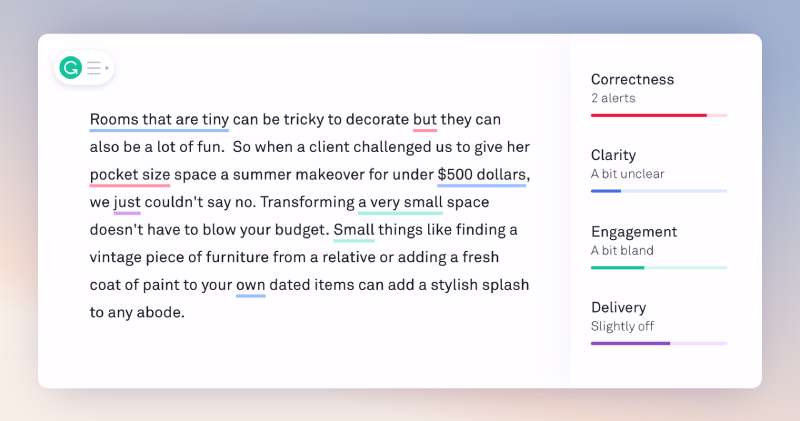
In the world of digital interfaces, readability is king. Fonts like Arial and Times New Roman, with their high readability factor, make Grammarly a user-friendly tool. No one wants to squint at the screen while correcting their grammar, right?
The Art of Balance
While Grammarly predominantly uses Arial, the occasional appearance of other fonts creates a balance. Too much uniformity can be dull, while too much diversity can lead to chaos.
The interplay of different fonts keeps the user interface engaging, yet consistent. A masterpiece in the making!
FAQ On The Grammarly Font
What font does Grammarly use?
Trust me, it’s a question that pops up in design forums more than coffee shops run out of oat milk. Grammarly uses a custom typeface that’s all about readability and brand recognition.
Sleek and modern, it gives the app that professional edge and keeps users focused on improving their writing, not deciphering text.
Is Grammarly’s font available for public use?
No dice here. Grammarly’s font is like their secret sauce—made specifically for them and not on the menu for the public. If you’re after a professional, clean font for your own use, there are plenty of other fish in the sea—digital typography offers oceans of alternatives.
What is the best way to use the Grammarly font?
Say you’ve got access for some project mirroring their style and brand identity. Best to use it sparingly. It’s a functional font, so think clarity and usability. Headlines, short texts, call-to-actions; places where you need that clean, smart Grammarly vibe.
What are good alternatives to the Grammarly font?
Caught in a net trying to replicate that Grammarly aesthetic? Break free by exploring fonts like Open Sans or Helvetica. They’re the bread and butter of web design, loved for their simple, clean, sans-serif look. Easy on the eyes, easy to use. A safe bet.
Can I change the font when using Grammarly?
Sure thing. Grammarly isn’t about cramping your style—it ensures your grammar’s on point. So, whether you’re a Times New Roman die-hard or have a fling with Arial, Grammarly’s got your back, focusing solely on refining your text formatting prowess.
Does the Grammarly font affect readability?
Hit the nail on the head. The whole schtick of Grammarly’s typeface choice is readability—crisp, clear, no-nonsense. It’s like visual communication—good design whispers its message. And Grammarly’s whispering, “Friend, let’s make your writing effortless to read.”
How important is font choice in writing tools like Grammarly?
Oh, it’s the stage and the spotlight in digital typography. The font sets the mood, guides the user experience, and makes sure the tool is as user-friendly as can be.
Get it wrong, and you’ll have a chorus of frustrated users. Grammarly nails it—it’s functional, engaging, the works.
What impact does Grammarly’s font have on user experience?
It’s a zen garden for the eyes. Their font choice is like a gentle trail guide—it doesn’t just lead you through the writing process.
It ensures you’re absorbing information without tripping over complex design roots. User Interface, readability, they’ve considered it all for a smooth journey.
How does Grammarly’s font reflect its brand identity?
Consider fonts the suit of a brand—Grammarly’s dressed to impress. A no-frills, clean font that echoes its commitment to clear, mistake-free communication. It’s sending a message loud and clear: “We’re here to refine your writing, make it pristine, professional, impeccable.”
What is the psychological effect of the Grammarly font on users?
Neatness, clarity, a sense of control. The font’s like your smarty-pants friend—there to reassure, not to intimidate.
In the software tools arena, that means fostering trust, boosting confidence. The upshot? You feel like a virtuoso hammering out words that hit the mark—every single time.
Conclusion
Typography, the whisper in the background of all great design, speaks volumes without shouting. With that, we’ve meandered through the silent power of the Grammarly font, a typographic choice that’s more than just an aesthetic statement. It’s a workhorse, a beacon of clarity, clad in the sleek, sophisticated armor of Grammarly’s brand identity.
Final Thoughts:
- Clarity? Check.
- Readability? Double-check.
- Brand consistency? You got it.
A font, after all, isn’t just a pretty face. It orchestrates the user journey, underpins the messaging, and—when it’s done right—fades into the experience seamlessly, like the perfect score to a filmmaker’s vision.
And while the specific font that Grammarly uses is exclusive to the brand, its spirit—rooted in the principles of typographic user experience—is a reminder to us all. In the quest to craft digital spaces, where words are the heroes, choosing the right font is pivotal.
Remember, behind every great brand is a font, diligently working its magic from shadow to spotlight.
If you liked this article about the Grammarly font, you should check out this article about the Dropbox font.
There are also similar articles discussing the Instacart font, the Quora font, the SoundCloud font, and the Zillow font.
And let’s not forget about articles on the Asana font, the Trello font, the Microsoft Office font, and the Evernote font.
- Luxury Fonts: What Font Does Dior Use? - 17 May 2024
- The Dos Equis Logo History, Colors, Font, And Meaning - 16 May 2024
- Purple Color Palettes Fit for Royalty - 16 May 2024









